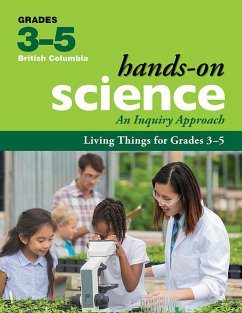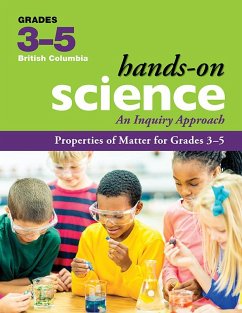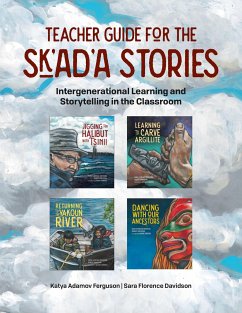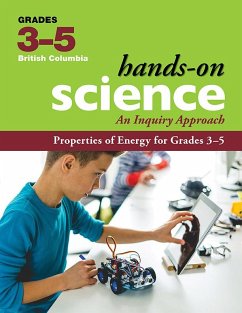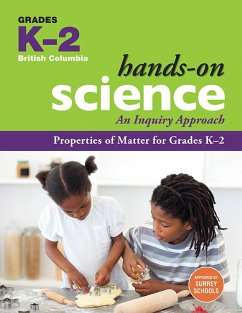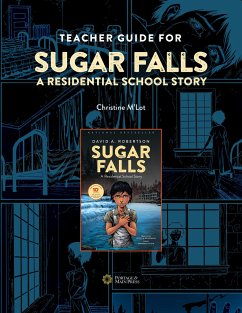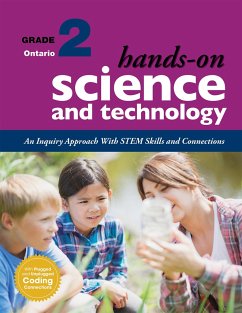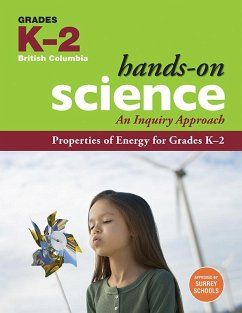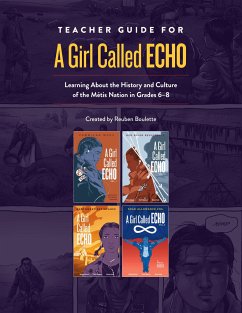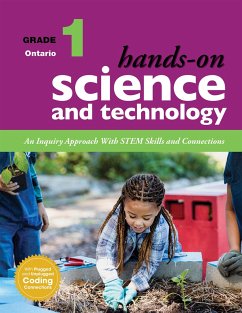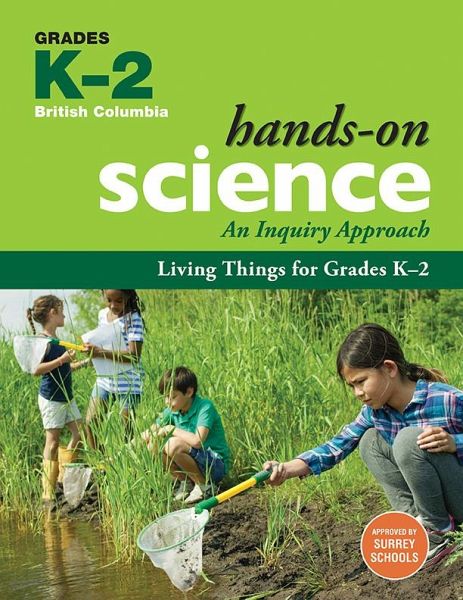
Living Things for Grades K-2
An Inquiry Approach
Versandkostenfrei!
Versandfertig in über 4 Wochen
65,99 €
inkl. MwSt.

PAYBACK Punkte
33 °P sammeln!
Living Things for Grades K-2 from Hands-On Science for British Columbia: An Inquiry Approach completely aligns with BC's New Curriculum for science. Grounded in the Know-Do-Understand model, First Peoples knowledge and perspectives, and student-driven scientific inquiry, this custom-written resource: * emphasizes Core Competencies, so students engage in deeper and lifelong learning * develops Curricular Competencies as students explore science through hands-on activities * fosters a deep understanding of the Big Ideas in science Using proven Hands-On features, Living Things for Grades K-2 cont...
Living Things for Grades K-2 from Hands-On Science for British Columbia: An Inquiry Approach completely aligns with BC's New Curriculum for science. Grounded in the Know-Do-Understand model, First Peoples knowledge and perspectives, and student-driven scientific inquiry, this custom-written resource: * emphasizes Core Competencies, so students engage in deeper and lifelong learning * develops Curricular Competencies as students explore science through hands-on activities * fosters a deep understanding of the Big Ideas in science Using proven Hands-On features, Living Things for Grades K-2 contains information and materials for both teachers and students including: Curricular Competencies correlation charts; background information on the science topics; complete, easy-to-follow lesson plans; digital reproducible student materials; and materials lists. Innovative new elements have been developed specifically for the new curriculum: * a multi-age approach * a five-part instructional process-Engage, Explore, Expand, Embed, Enhance * an emphasis on technology, sustainability, and personalized learning * a fully developed assessment plan for summative, formative, and student self-assessment * a focus on real-life Applied Design, Skills, and Technologies * learning centres that focus on multiple intelligences and universal design for learning (UDL) * place-based learning activities, Makerspaces, and Loose Parts In Living Things for Grades K-2 students investigate plants and animals. Core Competencies and Curricular Competencies will be addressed while students explore the following Big Ideas: * Plants and animals have observable features. * Living things have features and behaviours that help them survive in their environment. * Living things have life cycles adapted to their environment. Download the FREE digital resources (image banks and reproducibles) that accompany this book by following the instructions printed on the first page of the Appendix.




